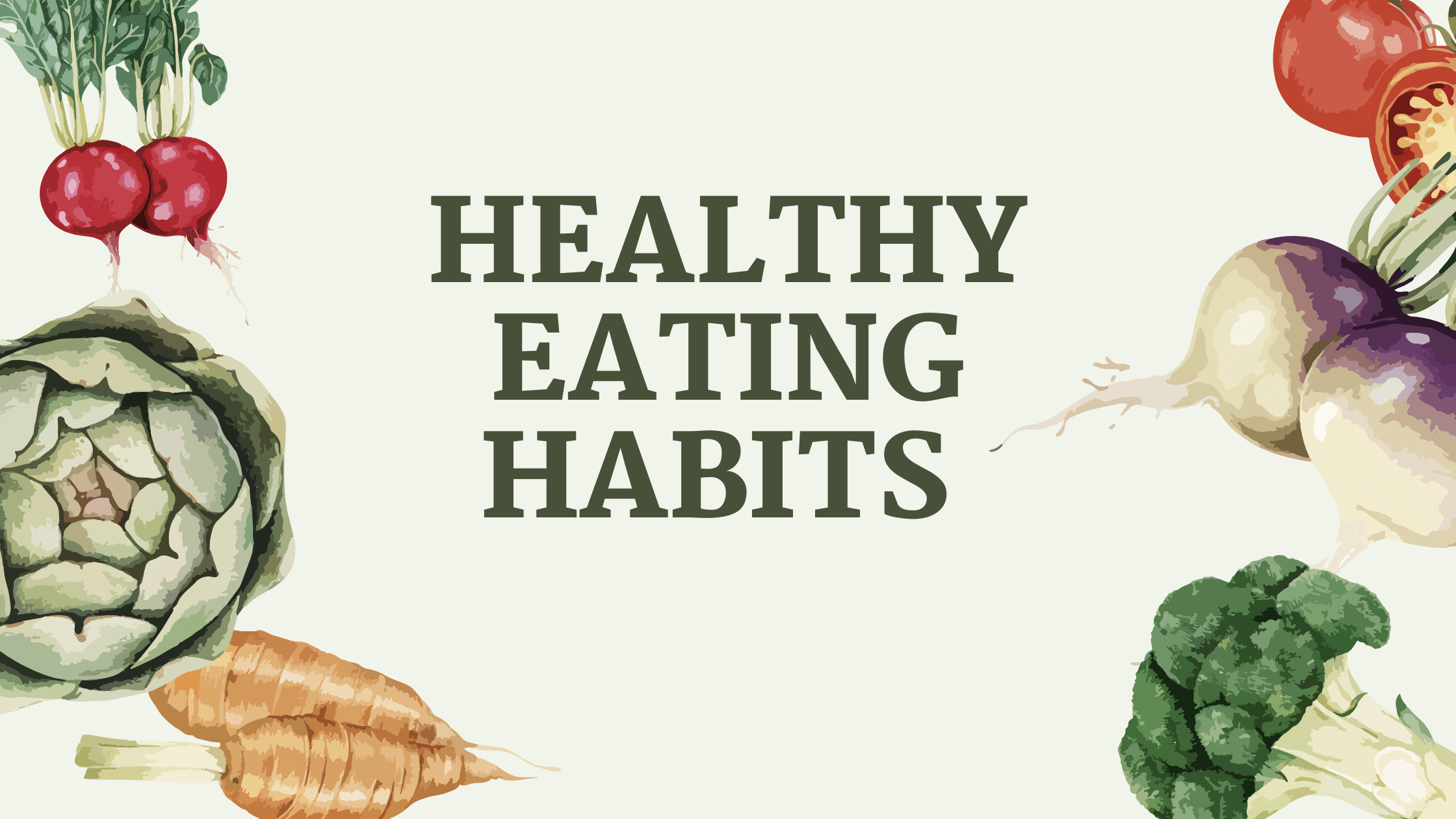Good nutrition is key to your child’s growth and development. Starting healthy
eating habits early can help your child build a positive relationship with food
and ensure they get the nutrients they need. Pediatricians recommend
focusing on balanced meals and encouraging a healthy attitude towards food.
Here’s a simple guide to building healthy eating habits in children with pediatrician advice.

1. Start with Balanced Meals
A balanced meal includes fruits, vegetables, proteins, grains, and dairy. Make
sure your child’s plate has a variety of foods that provide essential nutrients.
Example: For breakfast, try serving scrambled eggs (protein), whole wheat
toast (grains), a small apple (fruit), and a glass of milk (dairy). This
combination gives your child energy and important nutrients like calcium,
fiber, and vitamins.
2. Encourage Fruits and Vegetables
Fruits and vegetables are packed with vitamins, minerals, and fiber.
Pediatricians suggest making these foods a regular part of your child’s diet.
To make it more fun, offer colorful fruits and veggies in different forms—raw,
cooked, or even in smoothies.
Example: For a snack, you can offer carrot sticks with hummus or apple slices
with peanut butter. These healthy options are both tasty and nutritious!
3. Limit Sugary Snacks and Drinks
Too much sugar can lead to weight gain and other health issues. Pediatricians
advise limiting sugary snacks like candy, cookies, and sugary drinks like soda
or sweetened juices. Instead, opt for healthier alternatives like fresh fruit or
yogurt.
Example: Instead of giving your child a sugary drink, offer water or milk. For
dessert, try offering yogurt with fresh berries instead of ice cream.
4. Involve Your Child in Meal Planning
Children are more likely to eat healthy foods when they are involved in
choosing and preparing meals. Let your child help pick out vegetables at the
store or help you prepare simple meals. This encourages them to try new
foods and take an interest in what they eat.
Example: If your child loves pizza, let them help make a homemade pizza with
whole wheat dough, tomato sauce, and their favorite vegetables like peppers,
mushrooms, or spinach.
5. Teach Portion Control
Pediatricians emphasize the importance of teaching children about portion
sizes. Kids often don’t know how much is too much, especially when it comes
to snacks or treats. You can help by serving food in smaller portions and
encouraging them to listen to their body’s hunger signals.
Example: Instead of handing your child a big bag of chips, portion out a small
bowl. If they’re still hungry afterward, offer a healthier snack like fruit or nuts.
6. Set a Good Example
Children often mimic their parents’ eating habits, so it’s important to model
healthy eating behaviors yourself. If your child sees you enjoying a variety of
healthy foods, they’re more likely to do the same.
Example: If you’re having a salad with your meal, make a smaller version for
your child to try. Show them that you enjoy healthy foods, and they’ll be
curious to try them too.
7. Make Mealtime Enjoyable
Mealtimes should be a positive experience for the whole family. Encourage
your child to try new foods, but don’t force them. Create a calm and
stress-free environment at the table so that your child associates eating with
something pleasant.
Example: Instead of focusing on what your child isn’t eating, celebrate what
they are trying. If they don’t want to eat broccoli today, don’t make a fuss—just
offer it again another day.
Conclusion
Building healthy eating habits in children takes time and patience, but the
rewards are worth it. By serving balanced meals, encouraging fruits and
vegetables, and limiting sugary snacks, you can help your child develop a
positive relationship with food. Remember, it’s not about perfection—just
small, consistent steps towards healthier eating.






